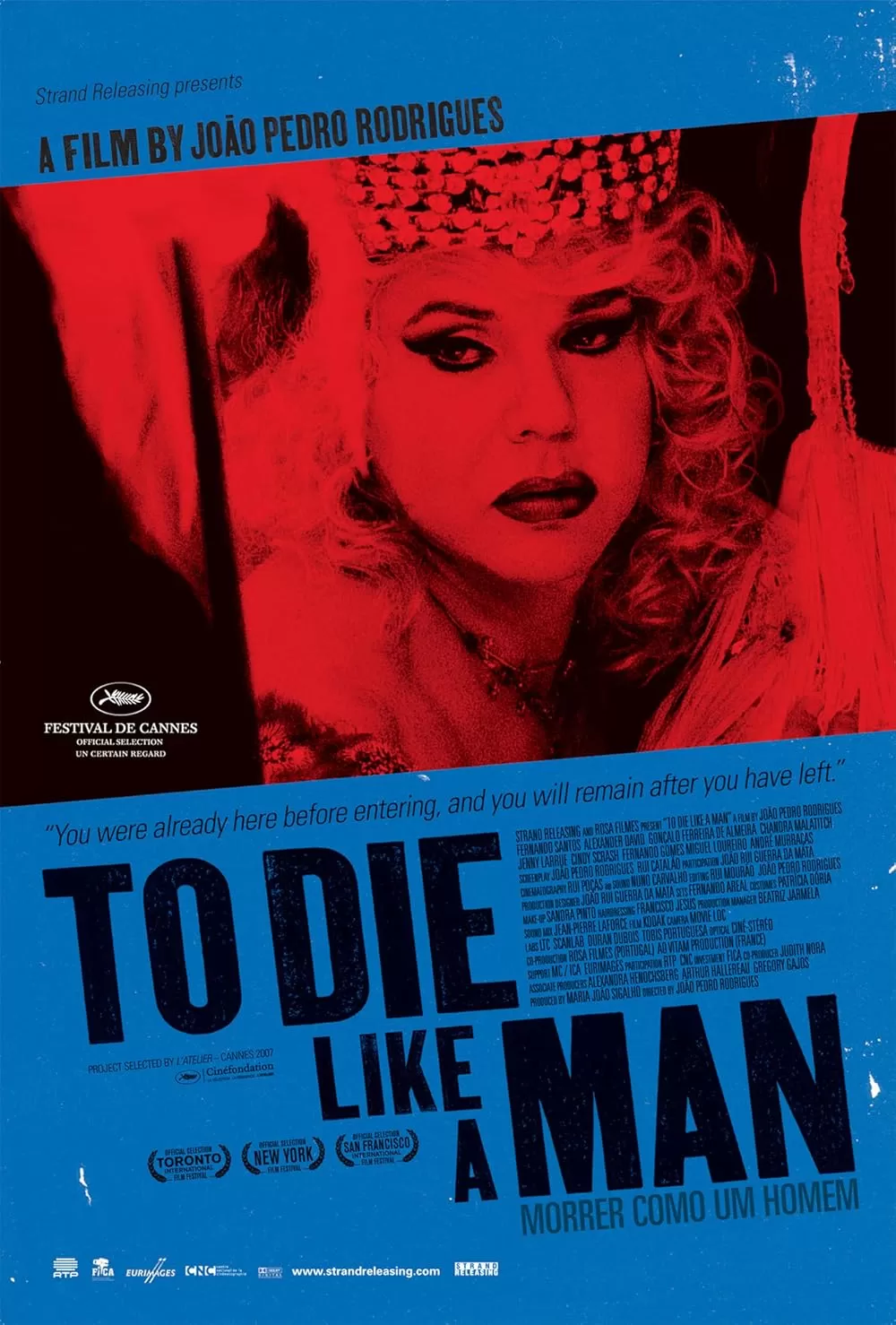There’s something haunting about Morrer Como Um Homem (To Die Like a Man), a film that dives into the turbulent life of Tonia, an aging drag queen wrestling with love, identity, and the creeping shadow of mortality. At its core, the movie promises a poignant exploration of selfhood and desire, but somehow, it gets caught in its own tangled web, leaving me with mixed feelings swirling in my mind.
From the moment it opens in grim darkness—two soldiers caught in a violently intimate encounter that abruptly leads us to a strange, quiet house inhabited by trans women—you’re nudged into a world that feels both raw and surreal. Yet, as the storyline tumbles forward, the initial spark kindles into something slower, muddier. Tonia’s infatuation with Rosario, a younger man whose flaws are as glaring as his charm—that toxic cocktail of affection and abuse—should have been heart-wrenching. Of course, it almost is, but the relentless back-and-forth between them begins to feel more exhausting than emotional. I kept wondering, Why does Tonia sink so deep into this damaging love? It’s a bit like watching a beautiful flower desperately grow through cracked concrete—defiant but fragile. Eventually, you stop asking for neat explanations and start accepting that their connection must run deeper than surface wounds.
Then there’s Tonia’s son—the wandering ghost in the story—whose sporadic appearances add a confusing echo rather than clarity. Same guy from that violent opening scene, yet the film never quite ties the threads together, leaving me puzzled about his role. Honestly, those moments felt like whispers carried off by the wind: haunting, but ultimately disconnected from the main narrative. And I can’t ignore how the movie drags on and on—the pacing sometimes sinks like a heavy fog, enshrouding the plot in a drizzle of scenes that seem more like abstract art than storytelling. The odd bits where characters belt out songs in graveyards or recite poetry struck me as oddly placed, breaking immersion rather than deepening it.

I must confess, watching Tonia’s struggle with her body—the push and pull over surgery, the painful reality of infection—pulled me in deeply. There’s an aching vulnerability here, a sense of a person fighting to claim their identity while the world seems to conspire against them. Yet, the film’s conclusion left me scratching my head. It’s bewildering that the story, centered on a trans woman’s journey, ends with her portrayed at peace only when presented as a man. What’s that about? It felt out of tune with the rest of her story, like a final note that rings strangely off-key. Moreover, the portrayal of Tonia and Rosario as some immortal lovers feels almost like a fairy tale forced onto a narrative grounded in gritty reality.
When I first heard about this movie, I hoped for a tender, complex portrait of love and self-acceptance. Instead, what I got was a film that tried to wear too many hats—drama, art-house eccentricity, social commentary—without weaving them into a cohesive whole. I can appreciate the director’s ambition; some shots are hauntingly beautiful, moments charged with atmosphere and melancholy. But ambition isn’t enough to hold the whole tapestry together when the threads fray so badly.
If I could go back, I’d trim off a good chunk of the film’s length and cut some of those meandering subplots. Sometimes, less really is more. Because beneath the clumsy parts, there’s a raw, human pulse beating quietly—an ode to those yearning to be seen, to be loved, and to die on their own terms. And for that alone, To Die Like a Man is worth a watch—but with patience, and a grain of salt.







The flower-through-concrete metaphor really stuck with me—it captures Tonia’s struggle so viscerally. While the toxic dynamic with Rosario felt draining, I think the film’s lingering rawness, like that opening soldier scene, still makes it haunting in a way that sticks.